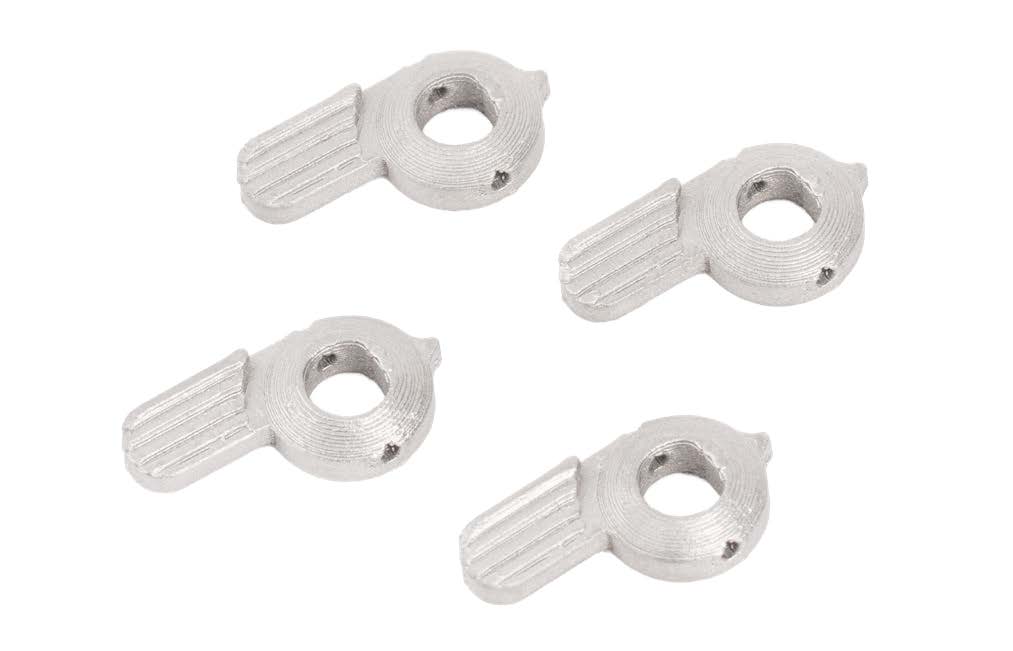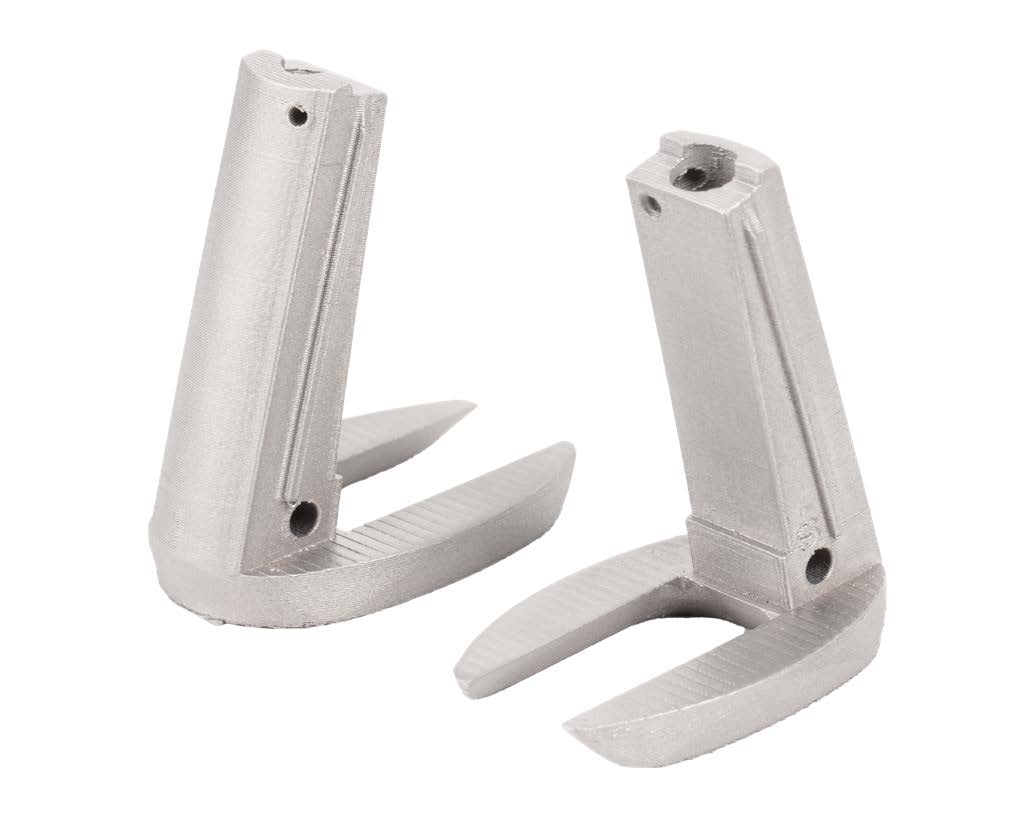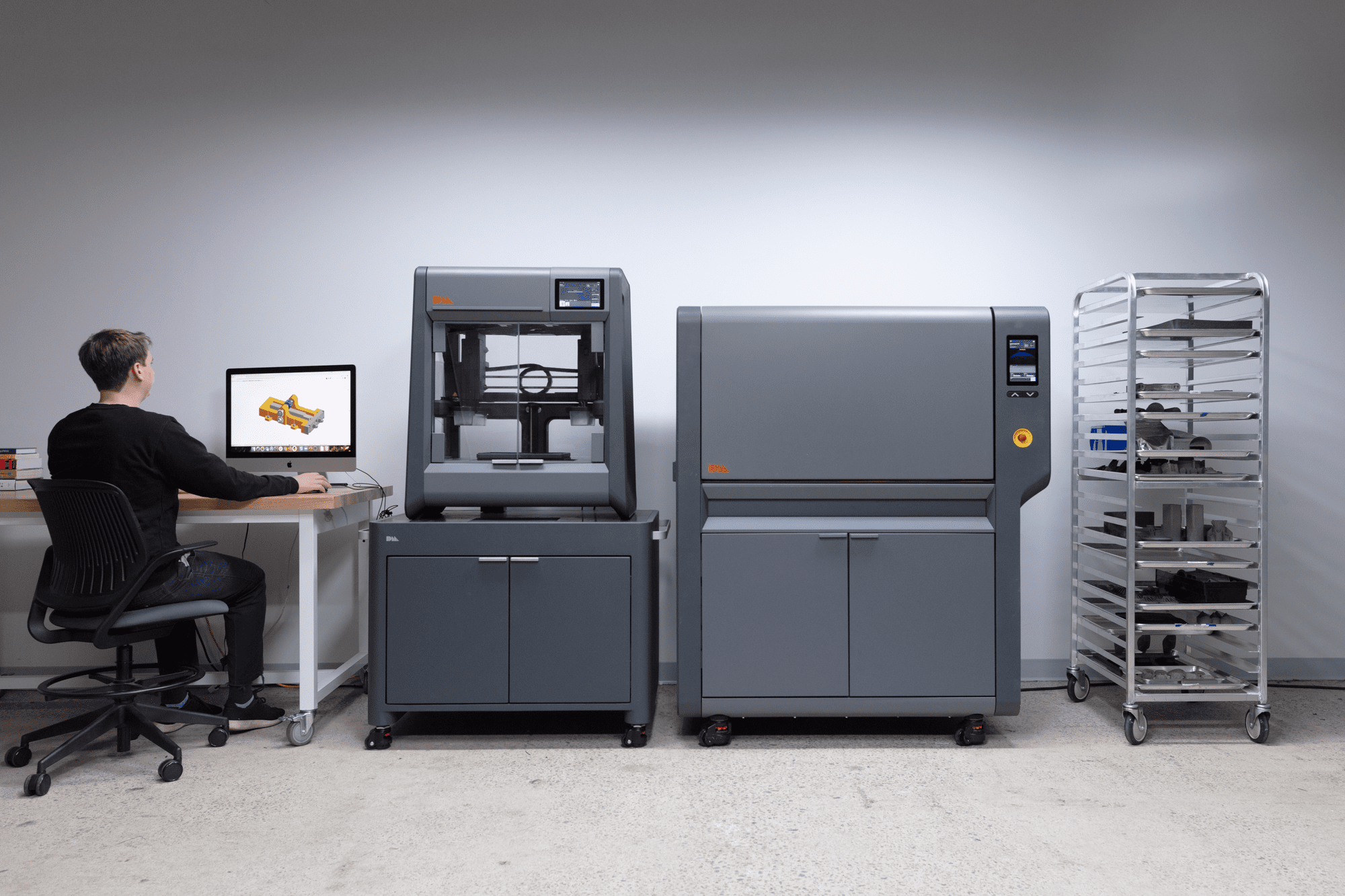How Ecrimesa Group improved the quality and productivity of its services and products with Desktop Metal’s Studio System 2
Ecrimesa Group Spain is a major player in many industries such as automotive, aerospace, defence, textile and food industry around the globe that produces today more than 9,000 different parts. Based in Northern Spain and founded in 1964, Ecrimesa Group was the first company worldwide to develop the MIM process of fabrication in a continuous furnace with catalytic debinding. With a proven history of technical innovation that makes steel and aluminum with groundbreaking technologies such as investment casting and MIM, what made them decide to add the metal 3D printing?
It is well known that in the manufacturing sector and not only, there are challenges to overcome. And for the making of metal parts, these challenges are translated into time, cost, and part quality and consistency.
With a wide range of products and different parts and, Ecrimesa’s inventory of manufacturing tooling is immense. With customers requiring new and old parts’ redesign, Ecrimesa Group has to make sure that they are agile enough to deliver in time. They must have the capabilities to quickly retool manufacturing lines for various jobs with costs as low as possible for all parties involved. And that makes it even harder for Ecrimesa with each new geometry requiring a new tool (mold). Most of the time, it would take between 8 to 12 weeks for these new molds to produce, not to mention the costs.
Appealing to the outstanding capabilities of metal 3D printing, and especially to Desktop Metal’s Studio System, an end-to-end solution, Ecrimesa’s investment paid off right away.
At Ecrimesa Group, we are dedicated to continually improving the quality and productivity of our services and products, and our investment in additive manufacturing is part of that commitment.
The design freedom and tooling free-manufacturing enabled by the Studio System allows us to produce parts that are precisely tailored to our customers’ needs, and to produce functional prototypes without the lead times and tooling costs associated with traditional manufacturing methods.Eduardo Valenzuela
Commercial Engineer
Ecrimesa Group
The Studio System makes it easy to print parts with extremely similar material properties and surface finish to Metal Injection Molding by utilizing the same powders and sintering process. Rather than injecting material like in MIM, this material is extruded out of a nozzle layer by layer to build up the part, with no tooling required. Ecrimesa engineers simply uploaded the CAD file, and in a few hours, the part was ready to go into the furnace. In addition to creating prototype customer parts, Ecrimesa is using the Studio System to develop prototype pieces for use in sintering tests as part of the mold-making process for customers in the automotive, defence, locksmith and industrial machinery industries.

The decision to adopt and invest in a Studio System metal 3D printer from Desktop Metal also came from the fact that following some tests that were made, the Studio parts proved to have a superior density and minimal distortion after sintering.
With traditional manufacturing, customer’s MIM prototypes would generally be produced via machining, an expensive process given the small intricacies and geometry that are common in MIM.

Using the Studio System, those prototypes can be produced far more quickly and at far less cost, allowing customers to test parts for functionality and iterate on designs before spending thousands to invest in tooling.
By allowing for more extensive functional testing than ever before, metal 3D printing helps manufacturers develop better parts than many of their traditionally manufactured counterparts.
